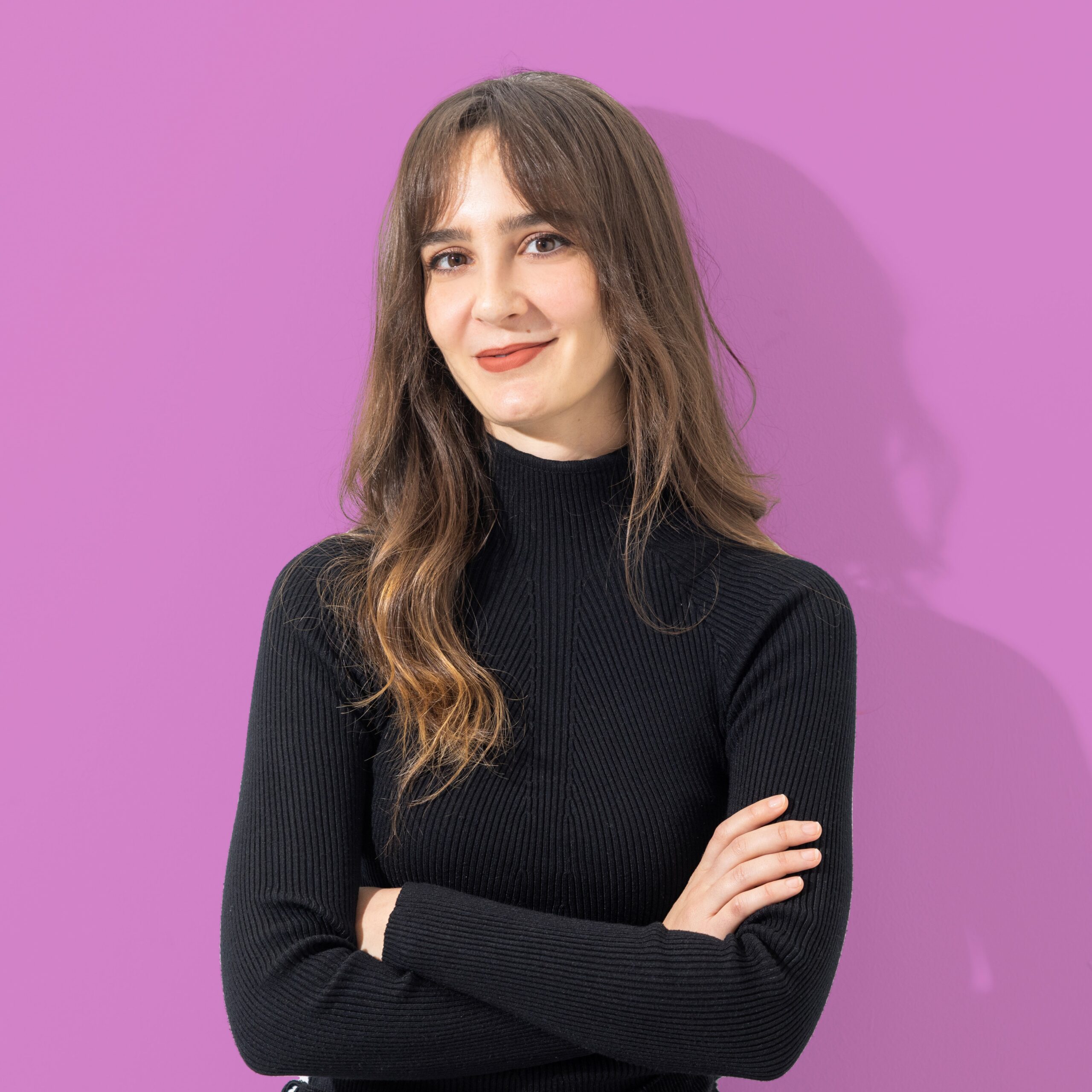
by Michele Kirichanskaya | Jun 3, 2023 | Blog
Kika Hatzopoulou writes stories for all ages, filled with lore and whimsy. She holds an MFA for writing for children from the New School and works in foreign publishing. She currently splits her time between London and her native Greece, where she enjoys urban quests...
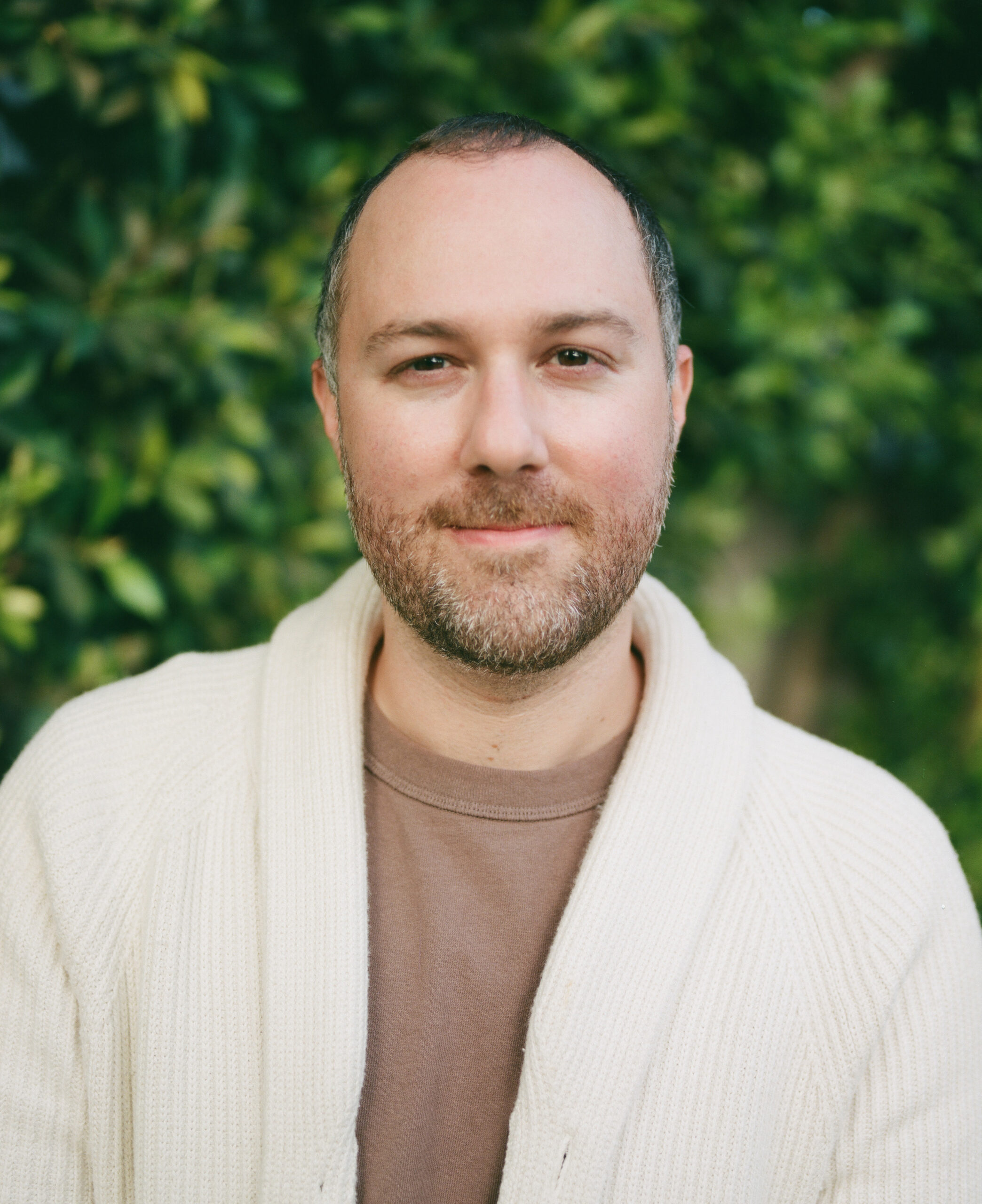
by Michele Kirichanskaya | Jun 2, 2023 | Blog
Zachary Sergi is a queer author of Interactive Fiction, including the print Choices novels, Major Detours and So You Wanna Be A Pop Star?, and the digital Heroes Rise, Versus, and Fortune The Fated series. Zachary was raised in Manhattan, studied Creative Writing at...

by Alexa Goodrich-Houska (she/they) | May 31, 2023 | Blog
“And so, Doctor Beckett finds themselves leaping from pride to pride, striving to assemble what once went amiss, and hoping each time that their next leap will lead to a fabulous, fully decorated home … or something” Busy Geek Breakdown (TL;DR): Get ready for...
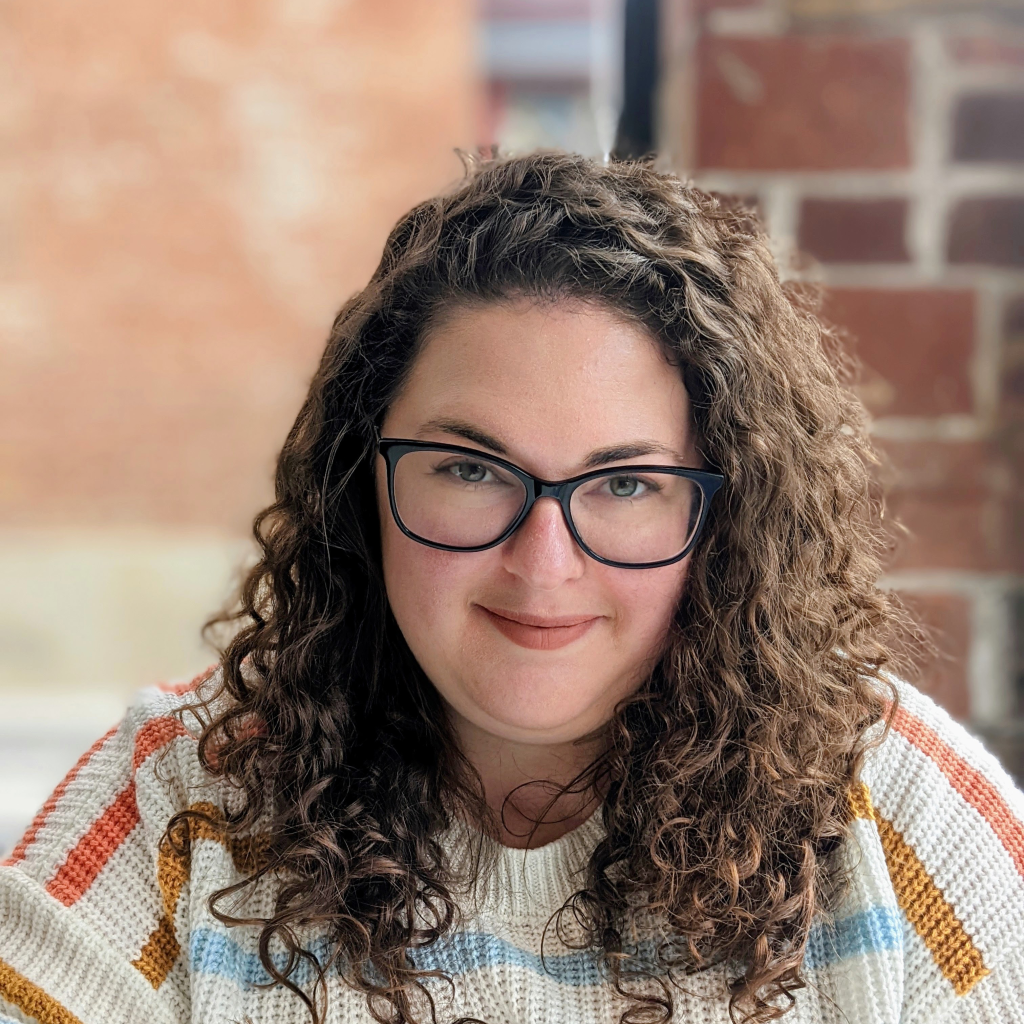
by Michele Kirichanskaya | May 26, 2023 | Blog
Sarah Adler writes romantic comedies about lovable weirdos finding their happily-ever-afters. She lives in Maryland with her husband and daughter and spends an inordinate amount of her time yelling at her mischievous cat to stop opening the kitchen cabinets. I had the...
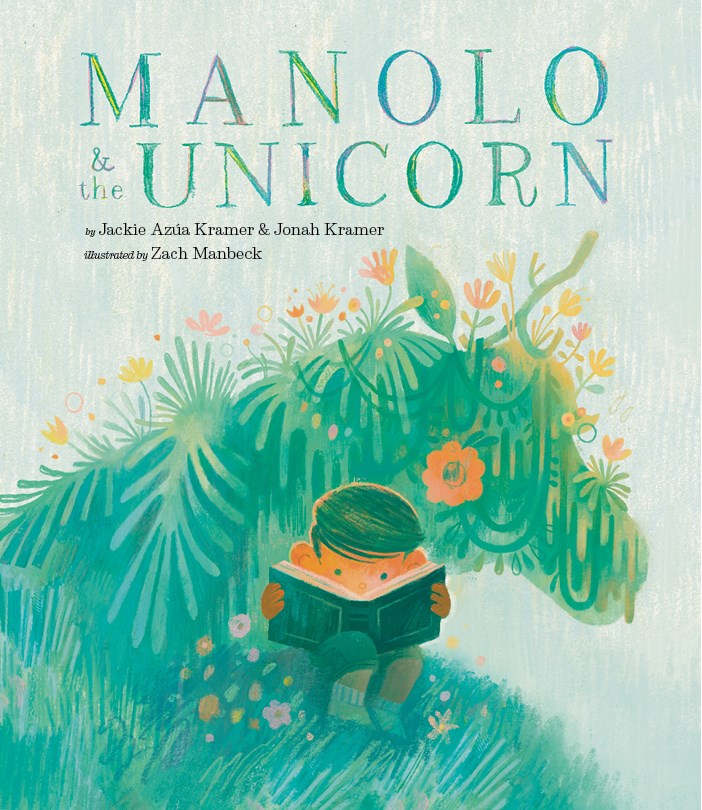
by Michele Kirichanskaya | May 24, 2023 | Blog
Jackie Azúa Kramer is an award-winning children’s book author whose books include Dorothy & Herbert: An Ordinary Couple and Their Extraordinary Collection of Art, published by Cameron Kids. Her hopes are to write stories that reflect who children see in the...
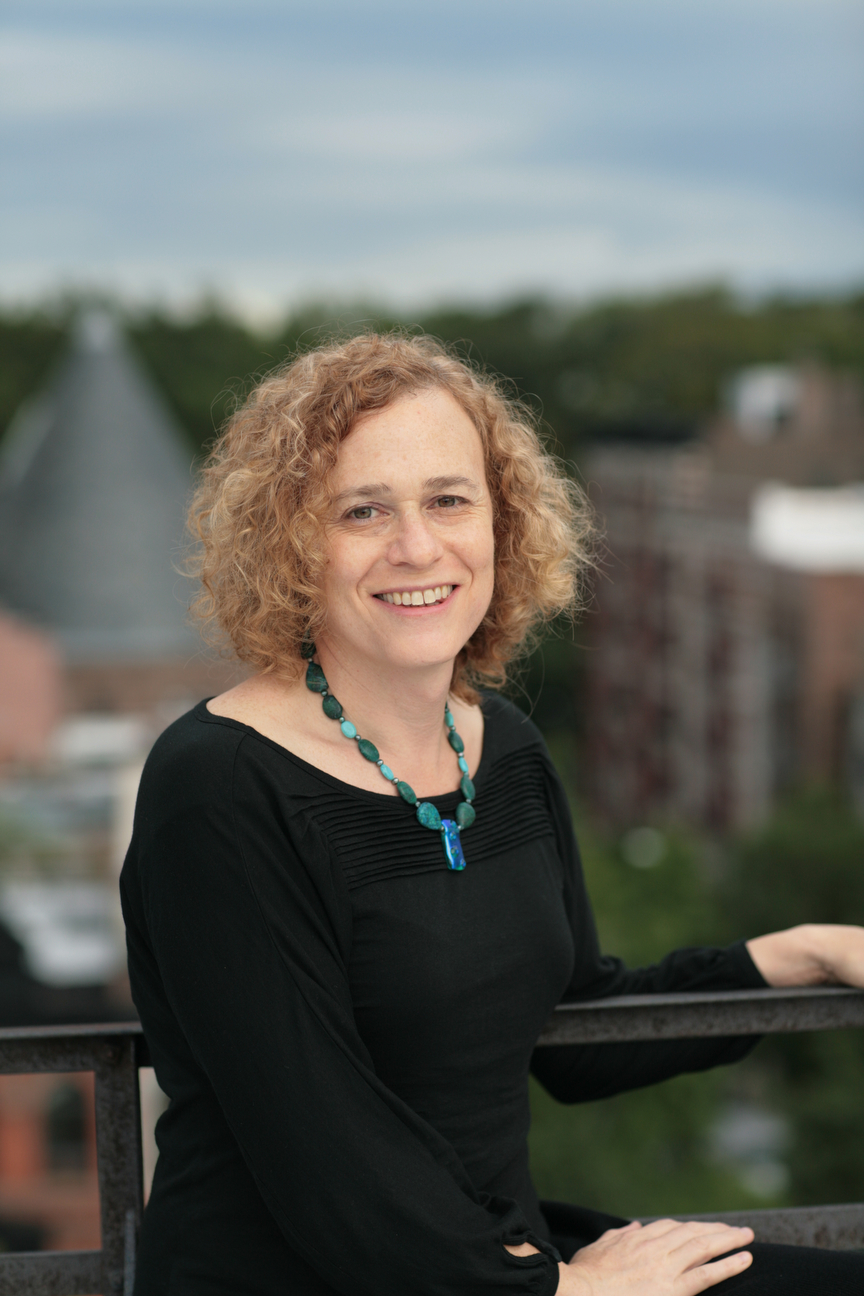
by Michele Kirichanskaya | May 20, 2023 | Blog
Joy Ladin is the author of a memoir of gender transition, National Jewish Book Award finalist Through the Door of Life; Lambda Literary and Triangle Award finalist, The Soul of the Stranger: Reading God and Torah from a Transgender Perspective; and ten books of...







